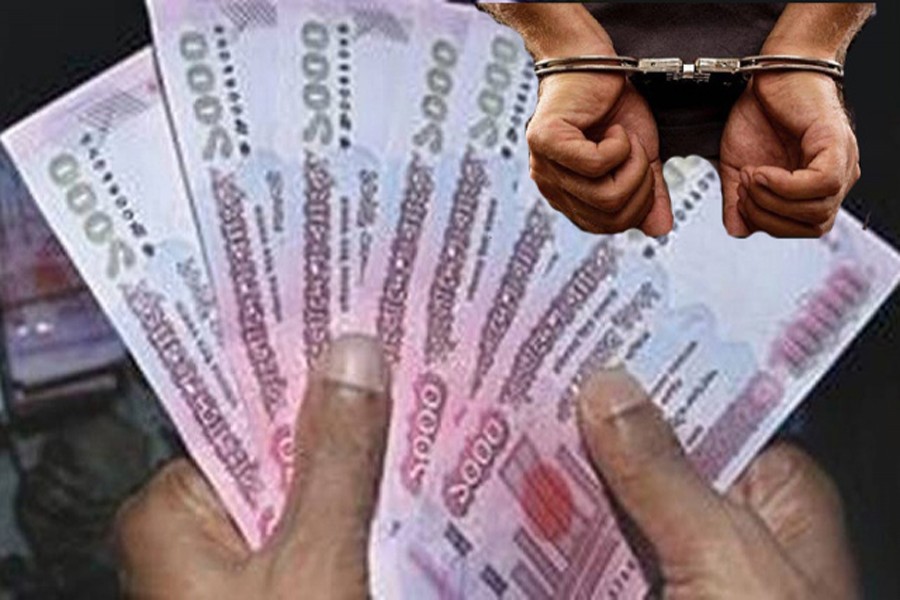
Published :
Updated :

Of the many childhood delights, one is surely a kind of irresistible attraction for magic. Magicians produced -and still do -pigeons out of a cap or a hat. If this is tempting enough, the other unforgettable magical moment is the production of the currency notes out of nothing. A magician starts thrusting his hands in the air and notes of different denominations start flying in the air and the man gleefully starts collecting those as if he is plucking some juicy fruits or cherished flowers.
A boy -maybe a girl also-in his/her naivety wished s/he could learn the art of producing money in the same fashion and buy all the favourite things s/he longed after. The appetite for sweetmeat, chocolate, candy floss was whetted. An yearning for balloons proved overpowering, the desire for acquiring a flute, a clay or plastic doll could not be stronger. Under the influence of fairy tales either told by parents or grandparents, maybe, the fascination for an Arabian horse or a winged horse spread-eagled its wings in the realm of fantasy.
Even at that age of immaturity, boys and girls could appreciate the value of money. They knew that to procure all the things of their desire, they needed money. It rarely occurred to them that the things they so looked for could be fabricated by magic. It was money that topped their list of demands.
Adults are no different from the innocent and impressionable young people. When grown up men and women-barring a handful of the unworldly-are frantically running after money, their quest does not remain confined to the age of innocence. So vile are the acts sometimes that they are tried by the laws of the land and sent behind the bar. Money drives people mad. Little do they realize that money can be the source of all the troubles facing an individual.
No wonder, it is said that someone mints money when the procurement of the same is through an illegal channel. The literal meaning of minting money thus is not at variance with the dishonest practice. Apparently, enlightened and highly placed in society, some people commit the crime of what in Bangla is called pukurchuri (making good one's escape with a pond) in broad daylight. Some government employees take undue advantage of their positions and would not perform their assigned jobs without the speed money. Only a few days ago a sub-registrar in Narayanganj was caught in the act of receiving bribes and also bargaining for the amount to be paid by people seeking his service.
But in all such cases, the money that changes hands is not supposed to be spurious or illusive like that of magic. But there are parties who do not wait for the minting house, they clandestinely set up their own factories to print currency notes. They are smart people who come up with look-alike notes of large denominations. So far they have demonstrated one weakness though. It is the absence of the security thread in the notes they produce.
From time to time their dens are busted by law enforcement agencies. In the latest such incident the Rapid Action Battalion busted one such factory where not the currency notes of Bangladesh were produced but it was notes of Indian rupees which were successfully fabricated. Naked eyes, according to the RAB members, could hardly discern the difference between the genuine and the fake notes.
If it is asked whose crime is more serious - of the money launderers or of the producers of the fake notes? The launderers are identified but remain out of reach by the time their crime is made public. The manufacturers of spurious notes are not lucky when they are caught in the act. They land in jail but not for long. The crime is yet to be put in its right perspective and the law cannot punish them beyond a short jail term. It is therefore not surprising that money making in the illegal channel does not face a strong deterrence.
What is disquieting is the fact that minting money in such a situation gets encouraged. Putting a brake on avarice is nowhere to be seen at work. To stop financial crimes, law must take its own course and socio-economic discrimination has to be bridged.


 For all latest news, follow The Financial Express Google News channel.
For all latest news, follow The Financial Express Google News channel.